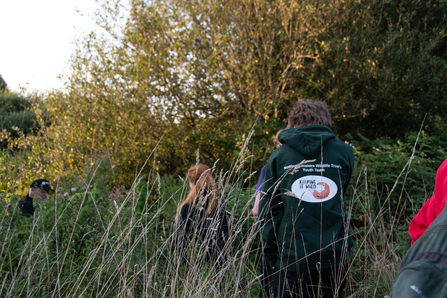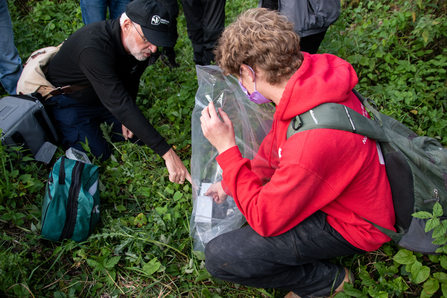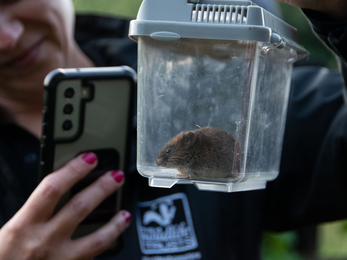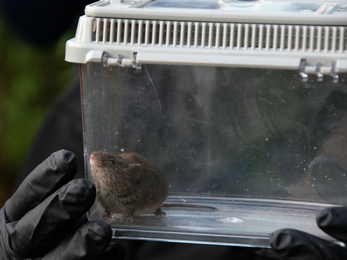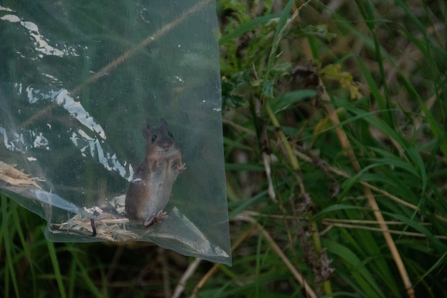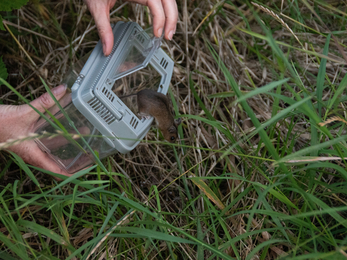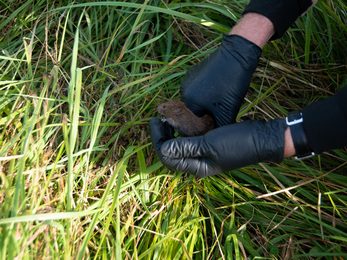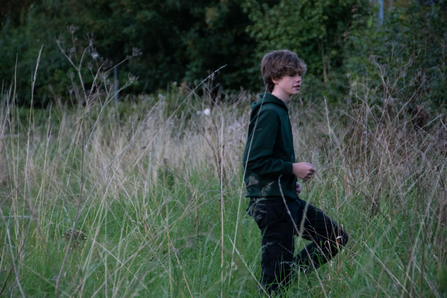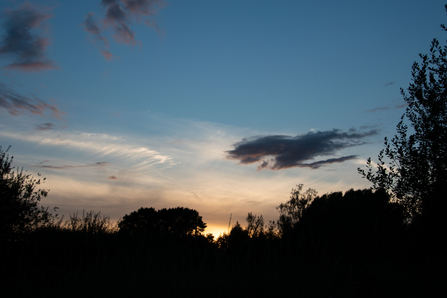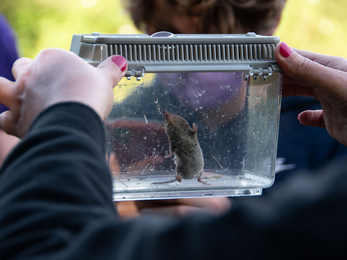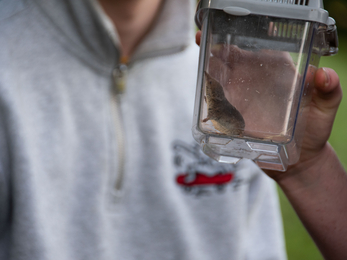It was a crisp evening, for August. The air was fresh and the sky clear – just past 6pm, we had a few hours of sunlight left. I was joining Keeping it Wild, our youth group at the Trust, for a small mammal trapping session at Gresham Marsh, close to our Skylarks Nature Reserve in West Bridgford.
Whilst the Wildlife Trust does not own this land, we help to manage it for the Environmental Agency. They are aiming to have it designated as an official nature reserve, which will help them to get funding to look after the land and its wildlife, as well as protect it from any unfavourable development. To do this, baseline surveys need to be carried out to establish what wildlife is there.
Lorna, our City Nature Recovery Officer, explained that a simple presence survey will do the trick for this, meaning that we just need to find out what species are there, without the need to collect lots of extra data to work out the exact population sizes of any of the species.
So off we went, delving into some bushes off the path and carrying on to reach where Lorna and Michael, our Nature Recovery Manager, had already set some live-traps earlier that day. They informed us that there was a possibility that none of the live-traps would have been tripped yet, as sometimes mammals need to get used to something new being in their environment before they will go anywhere near it - but to our surprise there were a few!


